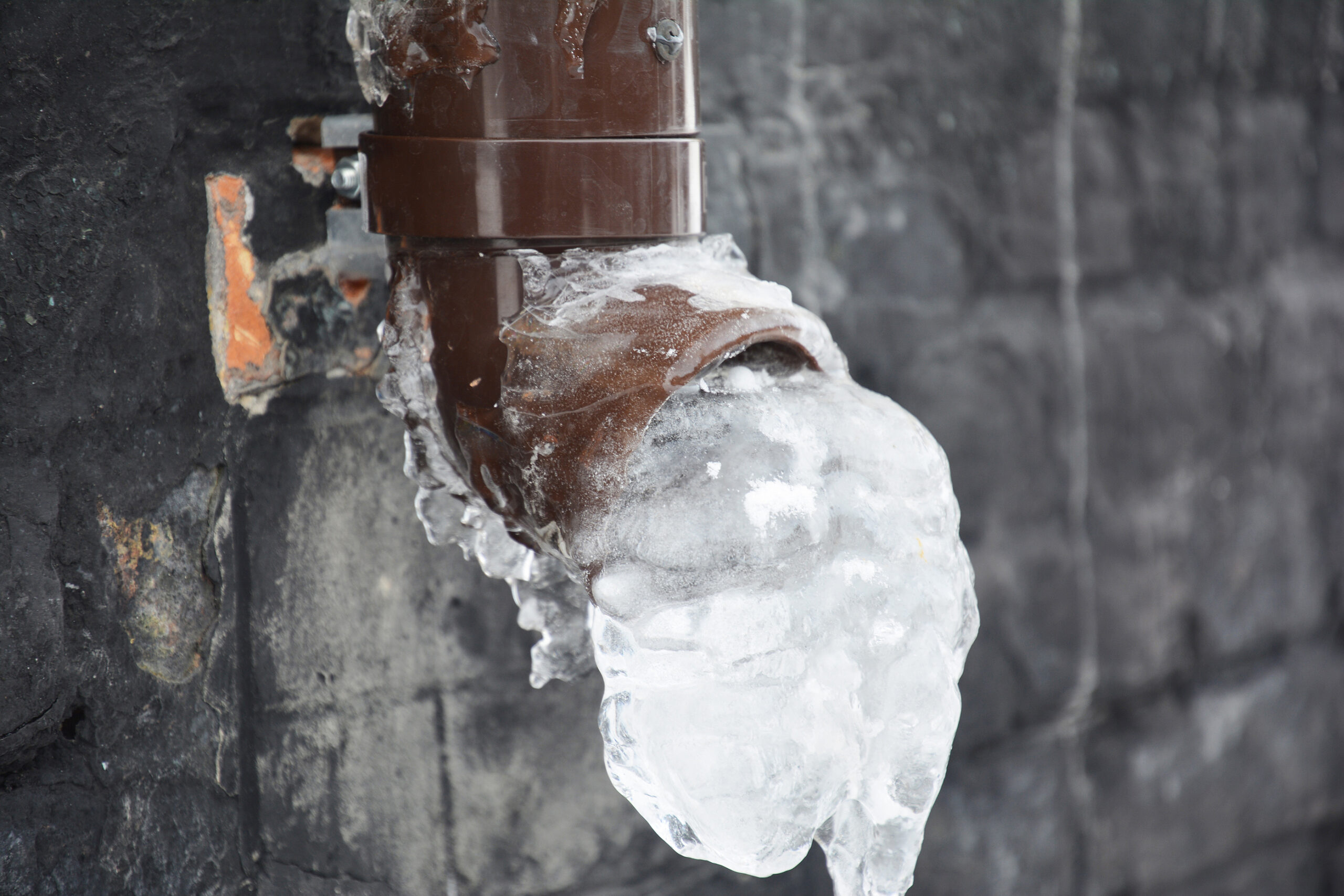Here underneath you'll find additional helpful help and advice around Prevent Frozen Pipes .

Cold weather can wreak havoc on your pipes, especially by freezing pipes. Right here's just how to avoid it from happening and what to do if it does.
Introduction
As temperatures decrease, the risk of frozen pipes rises, possibly bring about expensive repairs and water damages. Understanding how to avoid frozen pipelines is crucial for house owners in chilly environments.
Prevention Tips
Shielding susceptible pipes
Wrap pipelines in insulation sleeves or make use of heat tape to shield them from freezing temperatures. Focus on pipelines in unheated or external areas of the home.
Home heating techniques
Maintain indoor rooms effectively heated up, specifically areas with plumbing. Open up cabinet doors to permit cozy air to circulate around pipelines under sinks.
How to determine icy pipes
Try to find reduced water flow from taps, unusual smells or noises from pipelines, and visible frost on exposed pipelines.
Long-Term Solutions
Architectural adjustments
Consider rerouting pipes far from outside wall surfaces or unheated areas. Include extra insulation to attic rooms, basements, and crawl spaces.
Upgrading insulation
Buy high-quality insulation for pipelines, attics, and walls. Correct insulation assists preserve regular temperatures and minimizes the risk of frozen pipelines.
Shielding Outdoor Plumbing
Garden tubes and outside faucets
Separate and drain pipes garden pipes prior to winter. Mount frost-proof faucets or cover outside taps with protected caps.
Recognizing Frozen Pipes
What creates pipes to freeze?
Pipes ice up when exposed to temperatures below 32 ° F (0 ° C) for prolonged durations. As water inside the pipelines ices up, it broadens, putting pressure on the pipe walls and potentially triggering them to rupture.
Threats and problems
Icy pipelines can cause water system disturbances, property damage, and costly repair work. Ruptured pipes can flood homes and trigger considerable architectural damages.
Indications of Frozen Pipeline
Determining frozen pipes early can prevent them from rupturing.
What to Do If Your Pipelines Freeze
Immediate activities to take
If you presume icy pipelines, keep taps available to alleviate stress as the ice melts. Make use of a hairdryer or towels taken in warm water to thaw pipelines gradually.
Conclusion
Protecting against icy pipelines needs proactive actions and quick actions. By understanding the causes, signs, and preventive measures, house owners can safeguard their pipes during cold weather.
5 Ways to Prevent Frozen Pipes
Drain Outdoor Faucets and Disconnect Hoses
First, close the shut-off valve that controls the flow of water in the pipe to your outdoor faucet. Then, head outside to disconnect and drain your hose and open the outdoor faucet to allow the water to completely drain out of the line. Turn off the faucet when done. Finally, head back to the shut-off valve and drain the remaining water inside the pipe into a bucket or container. Additionally, if you have a home irrigation system, you should consider hiring an expert to clear the system of water each year.
Insulate Pipes
One of the best and most cost-effective methods for preventing frozen water pipes is to wrap your pipes with insulation. This is especially important for areas in your home that aren’t exposed to heat, such as an attic. We suggest using foam sleeves, which can typically be found at your local hardware store.
Keep Heat Running at 65
Your pipes are located inside your walls, and the temperature there is much colder than the rest of the house. To prevent your pipes from freezing, The Insurance Information Institute suggests that you keep your home heated to at least 65 degrees, even when traveling. You may want to invest in smart devices that can keep an eye on the temperature in your home while you’re away.
Leave Water Dripping
Moving water — even a small trickle — can prevent ice from forming inside your pipes. When freezing temps are imminent, start a drip of water from all faucets that serve exposed pipes. Leaving a few faucets running will also help relieve pressure inside the pipes and help prevent a rupture if the water inside freezes.
Open Cupboard Doors
Warm your kitchen and bathroom pipes by opening cupboards and vanities. You should also leave your interior doors ajar to help warm air circulate evenly throughout your home.

We hope you enjoyed reading our piece about Helpful Tips to Prevent Frozen Pipes this Winter. Thanks a lot for taking the time to browse our article. I beg you take the time to distribute this blog post if you appreciated it. Thanks for your time. Don't hesitate to check up our website back soon.
Schedule Service Pickup